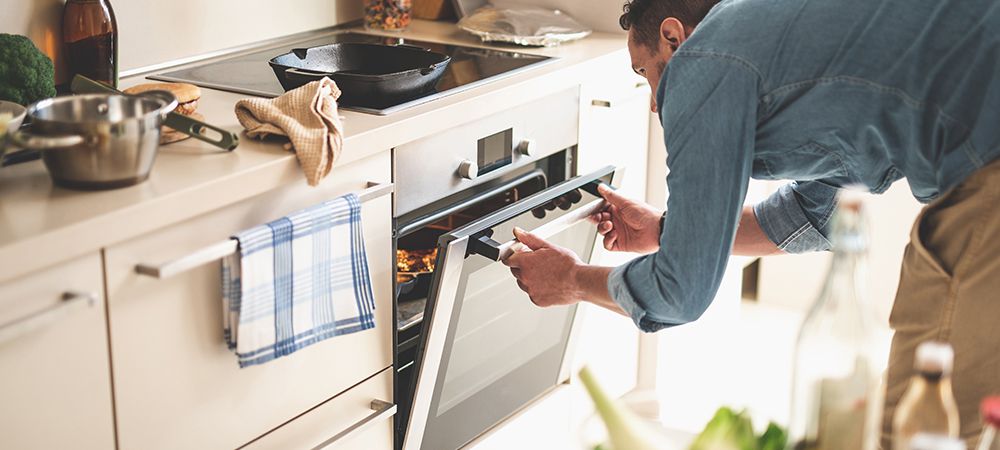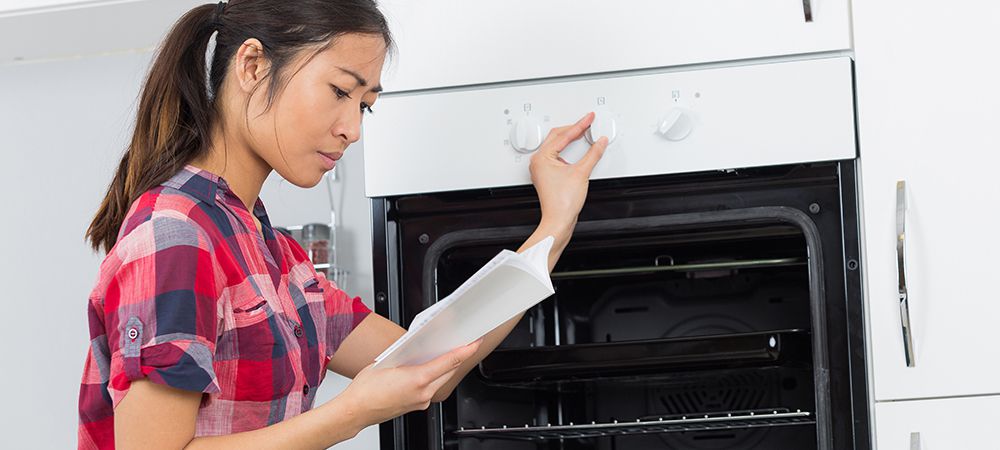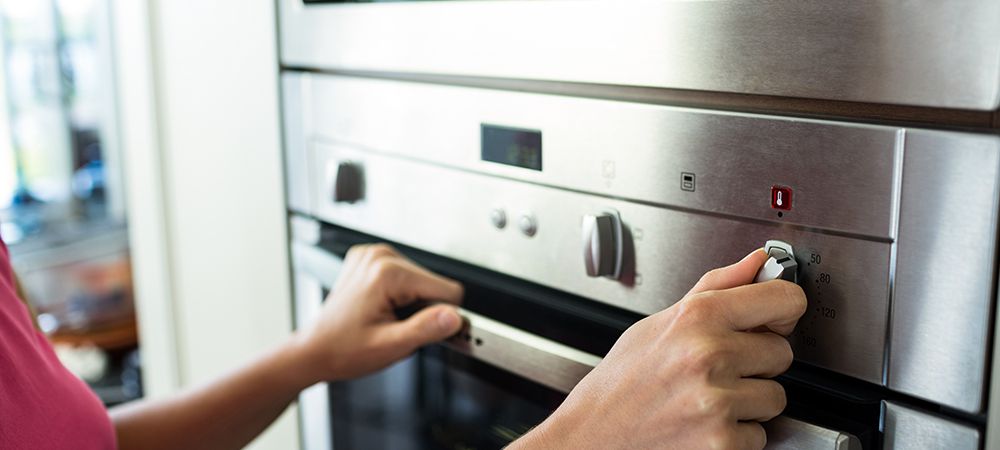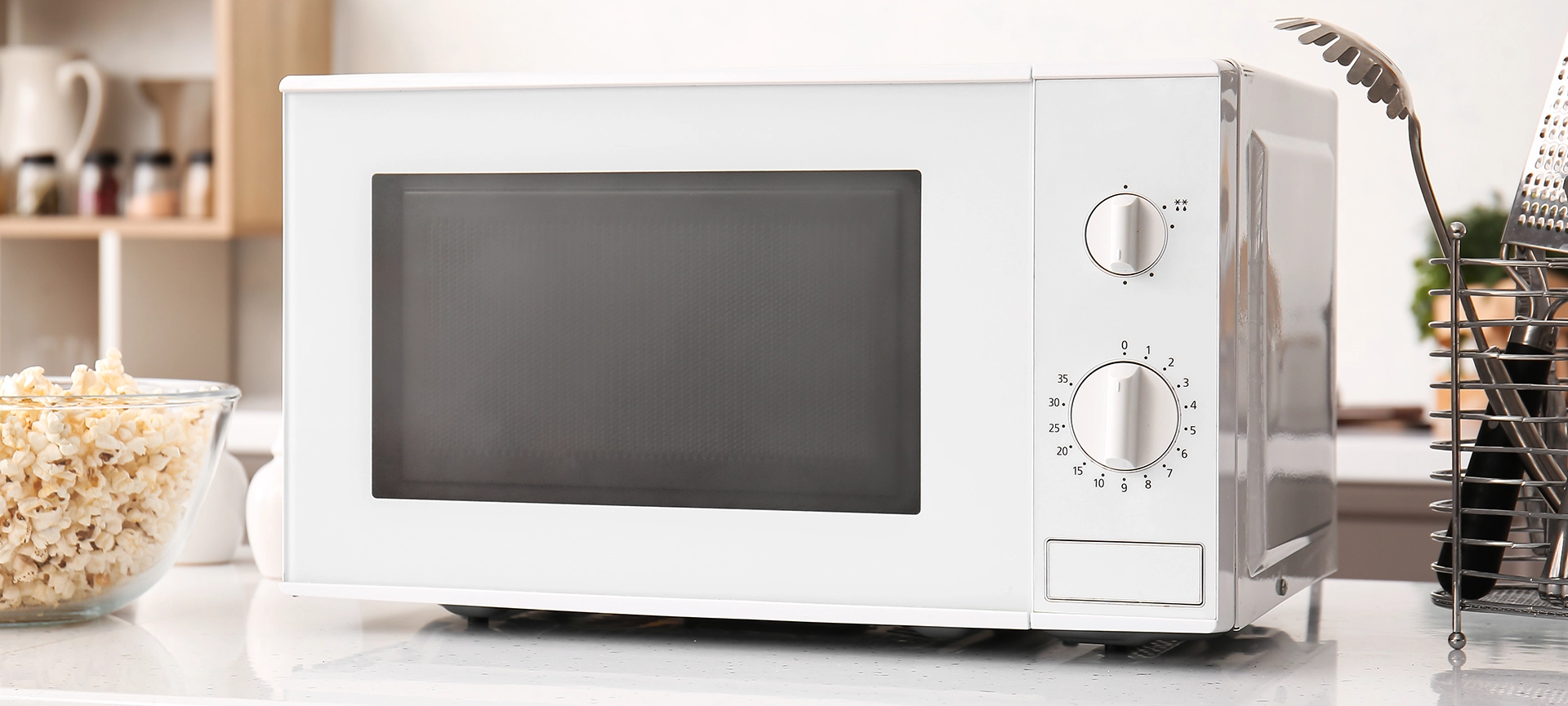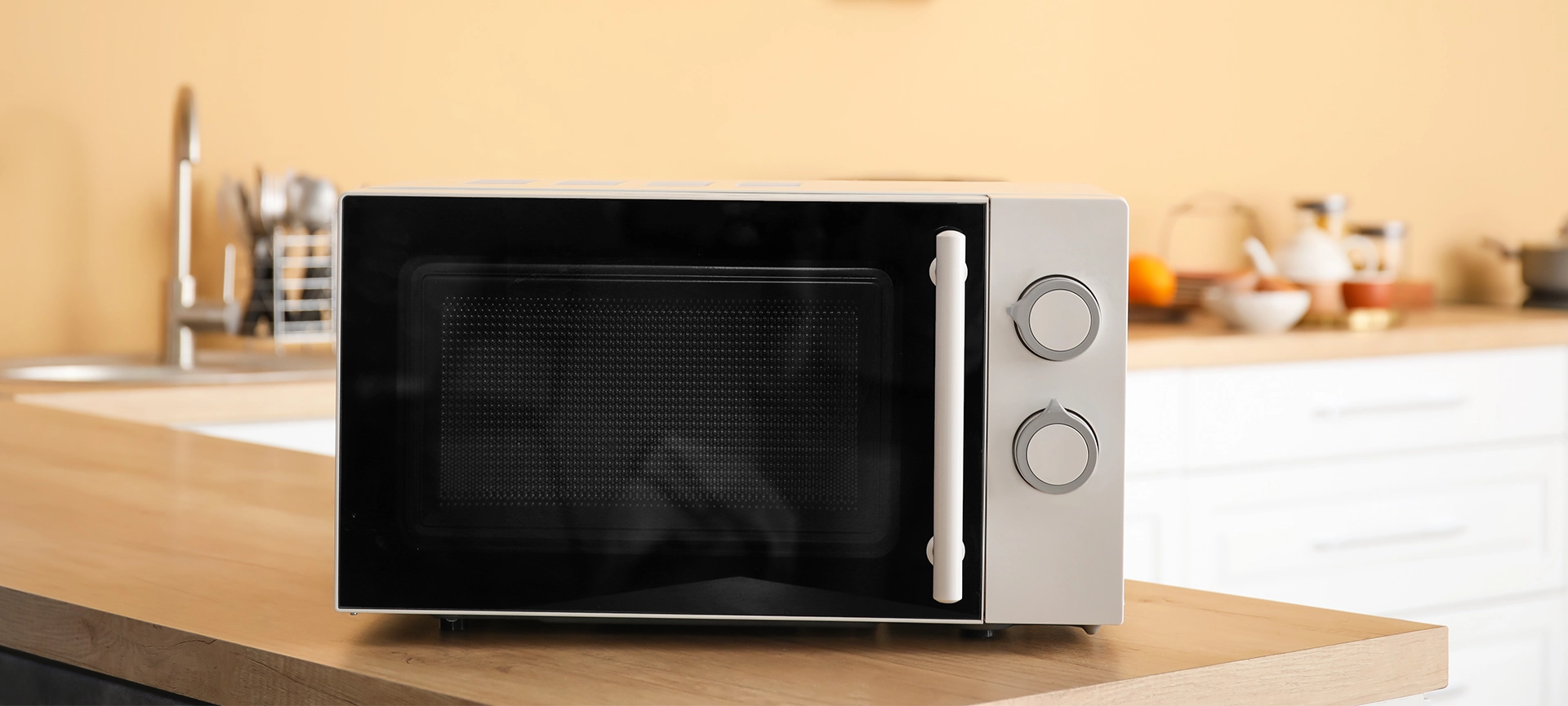Just like every home appliance, your oven is likely to develop issues. Generally, gas ovens are easier to fix because they don’t have many technicalities or wiring. Besides, not many people use gas ovens in their homes. Electric ovens, on the other hand, have become increasingly in Canada. And the demand for appliance repair service increased.
Today, electricity is one thing contemporary households use 24/7. Unfortunately, it’s not 100% reliable. So have you recently noticed a trend of your food not cooking properly?
Perhaps your oven is not working fine or refuses to turn on? You may need to troubleshoot it. Although you may eventually require the services of a professional, it’s ideal you try to fix it DIY.
Troubleshooting your oven DIY not only helps you save money but also helps you hasten the repair procedure in case of emergencies. That said, if you’re unfamiliar with the components of an oven, we can assist you.
In this article, we’ll discuss some common issues that cause your oven to stop working. After identifying the fault, you’ll be able to repair it when next it occurs.
Tools You’ll Need
When inspecting your oven for faults, you may have to settle for oven repair services to rectify it. Hiring a technician may cost between $200 and $400. While you may eventually need a repair technician, you can cut costs by troubleshooting your oven DIY.
When repairing it, don’t replace any part of the oven if your warranty is still running. Because by replacing an element, you may be unable to enjoy the warranty if the situation arises. So if you’re a fan of DIY, here are some tools that’ll make your oven repair a walk in the park.
- Owner’s manual: It’s essential you work with the owner’s manual of your oven. The manual contains all the information you may need to fix your oven. Not to mention, it’ll help you identify the parts of the oven that are unfamiliar to you. If you’ve misplaced or thrown out your owner’s manual, you can get one at an appliance store. Ensure you pick an owner’s manual that fits the model of your oven.
- A multimeter: The multimeter enables you to conduct simple tests to determine why your oven is not working. It scans both the ohms and level of voltage travelling through the wirings.
Related Article: Oven Not Heating: 5 Common Reasons Your Oven Isn’t Heating
Reasons Why Your Oven Is Not Working
If your oven is not working, the most common malfunction is that your heating element is bad. As a result of constant use, your heating element is likely to overheat. Thankfully, it’s one part of the oven that’s easily replaceable. Before you inspect your oven for faults, always ensure you unplug it from the power source and turn it off. Here are the problems to look out for in your oven.
Faulty ignition
Your oven igniter not working is an issue you’ll easily notice without consulting an expert. Once you turn on your oven and it’s not heating properly, or at all, you have a faulty ignition. Your stove burner is glowing, but not heating may be because your igniter is weak or dirty. Sadly, most electric ovens come with weak igniters, so you may have to replace them.
- Check your owner’s manual to know the area of your igniter. It’s often an entire unit located behind the oven. The igniter resembles a two-wire terminal wrapped with a grid iron cage.
- If your igniter is not obvious in your oven, remove it by unbolting it from the oven panel bottom.
- With a multimeter, check the continuity of light. The multimeter should show between 0 to 1100 ohms. If it doesn’t show a number between that range, your igniter is why your oven is not getting hot.
- Turn off your gas and remove the debris, and gunk out of it.
- Then use a sewing needle to empty the pilot light gap.
- If these processes don’t solve the issue, it’s ideal you hire a technician.
Fuse issues
If your oven isn’t working at all, check the fuse. Fuse malfunction is common in all electrical appliances, so your oven isn’t exempted. The problem may be due to wiring issues. Other times, the current in your home may cause your oven to get faulty. A blown fuse is not always simple to fix because several wirings connect to the various components in the oven.
So replacing a bad fuse may not serve as a quick replacement to the problem. But, if you can immediately find the faulty fuse, it’s ideal you change it. If your plug fuse is bad, replacing it is straightforward.
- Keep in mind that whenever you’re changing your oven use, always replace it with a similar fuse.
- For interior wiring issues, call a professional oven repair expert.
Inspect your oven temperature sensor
Every electric and gas oven comes with a temperature sensor that regulates the oven temperature. If the oven sensor is not working, it may cause erratic cooking temperature, i.e., burning food. The sensor is the narrow tube that is fixed at the upper end of the oven. More modern electric ovens, however, have a digital display that shows an error code on the panel.
With this, you should be able to identify the fault quickly. Most of the time, your sensor becomes faulty because it’s touching the oven wall. If that’s the case, gently tilt it away from the oven wall. But if the problem persists, then your sensor itself is faulty and needs replacement.
Before you replace the sensor, ensure to inspect the oven wires and elements first. Some gas ovens without a sensor use a sensor bulb to regulate temperature. Therefore, if the sensor bulb in the oven is not coming on, check if it’s burnt out or loose.
- Ensure your oven is disconnected before checking it with a multimeter.
- To replace the sensor, you may spend between $15 to $30 on a new one.
- After purchase, follow the instructions on the owner’s manual to install the new sensor.
The heating element is faulty
If your oven is past warranty, a defective heating element is an issue that’s certain to occur. Thankfully, replacing a heating element is a task you can perform without professional help. Your electric oven has two heating elements: broils and bakes. The broils are located on the top, while bakes are at the rear of the oven.
So, you can easily tell which heating oven element is not working. An excellent heating element glows red. So if your rod isn’t glowing red, here’s what to do:
- First, check the heating element (the curved beam along the underside of the oven). If you’re unsure about which component is faulty, set your oven at “prebake” to switch both on.
- Then, turn your oven to 400 degrees Fahrenheit.
- Observe both elements as they heat up. If any of the rods doesn’t glow red, you should replace it.
- Depending on the model and make, replacing them should cost between $25 and $55.
- To install your new heating elements, check the oven manual for instructions on how to replace a defective component.
- If after fixing the new element nothing changes, an electrical problem may be the reason why your oven isn’t working.
- At this point, you may need to inspect the wires connecting to the heating element. Perhaps there’s a loose connection or faulty wire that’s preventing your element from working.
- For thorough testing, consult a technician to help you check the thermostats, switches, and fuses to determine the cause of the problem.
Faulty control board
If you test your sensor and it keeps displaying accurate resistance, then your oven control board may be the issue. Although you can’t test the control board, you can visually check for burning shorts or signs. If you notice any of these signs, you must replace the board immediately.
If you want to troubleshoot an electric oven, we advise you to check the control board first because it’s a defect that can go unnoticed, which will, in turn, make you spend unnecessary money on the other parts of your oven.
Burnt wirings
If your electric oven has dual heating elements, it has two relays that are likely to burn out. Sometimes the broil or bake power supply can burn and affect the circuity of your oven. So if you notice or smell a burnt wire, ensure you replace it. Ensure your oven is cool before removing the damaged cables.
Damaged switches
A bad switch may probably be another reason why your oven is not working. It’s either the selector switch that regulates your settings is burnt out or the main switch that powers the components is bad. Repairing and replacing these switches is quite straightforward. After fixing it, perform a high-voltage test to make sure the switch supplies your oven with adequate power. However, if you cannot do the DIY work, call an expert.
Power source
Presently, most houses in Canada use a power source that ranges around 240 volts of AC (alternating current. The 240 AC volt travels and separates into two phases of 120 AC volts. So if a blown fuse or tripped breaker shuts down one phase, your oven will not come on. For unknown reasons, your oven may not be getting an adequate power supply to continue working.
- Use a multimeter to assess the power source. Ensure you set the multimeter to AC volts, and it should scan between 240 and 210 volts. If it doesn’t, try the next step.
- Check both the fuse box and breaker. If your fuse is blown or your breaker has tripped, install a new fuse and reset your breaker. After this, your oven should power up.
Check the position of the knobs
Inaccurate positioning of knobs is a common issue with oven gases because they don’t have a touch screen for operation. So if you recently removed the oven knobs while tidying up, there’s every possibility you incorrectly returned them. Most of the time, the knobs do not key into the oven.
Hence, when you turn them, you’ll think your oven is not working. Check each knob and ensure you fix it properly. For more information, consult the owner’s manual. Most of the time, the fix is very easy as placing them in their designated positions.
Test the breaker
If your oven is totally dead or it’s showing zero signs of not coming on, inspect the breaker. Since the oven uses much electricity for baking and cooking, a slight power surge can trip the breaker. Check your home service panel and search for the breaker that’s tagged oven. If your breaker tripped, the switch would be between the “On” and “Off” control.
To reset it, adjust the control back to “Off,” then turn it back to “On.” By doing that, you should rectify the problem. However, if your breaker trips off constantly, it’s ideal you hire a technician. You may have to install a new breaker or electrical circuit.
It needs calibration
If your oven temperature fluctuates, you may have to calibrate it. The calibrator dial is located at the rear of your temperature knob or the bottom of a small shaft behind the oven. If you’re having problems locating it, check your owner’s manual. On the calibrator, there’s a screw to adjust the oven temperature. To reduce the temperature, turn it counterclockwise. To increase, turn it counterclockwise as well.
Other possible defects
If you’ve gotten this far and you’re still unable to determine the problem, here are some other issues that may be the cause of your oven not working.
- Your oven safety valves may not be releasing gas.
- General Electric fault
- You may have a faulty cooling fan
- If your oven comes with a digital clock timer, it may be affixed in automatic.
- The main fuse in your home may be faulty.
Related Article: What Is the Cost of Repairing an Oven in Toronto?
Fix Your Oven Today!
The several components of the oven do not make it easy to find the cause of it not working. However, with your owner’s manual and the appropriate replacements, you can get your oven running in no time. With the repairs we’ve suggested, you won’t need to stop cooking if your range suddenly develops a fault.
If the troubleshooting processes fail, or maybe you’ve tampered with a wire while attempting to fix it, it’s ideal you professionally recalibrate your oven. An oven repair technician will help you service and fix any damage in no time.
For oven repair, use Prime Appliance Repair today. We’ll perform an expert voltage assessment and conduct all the necessary tests, replacements, and repairs your oven may require.





